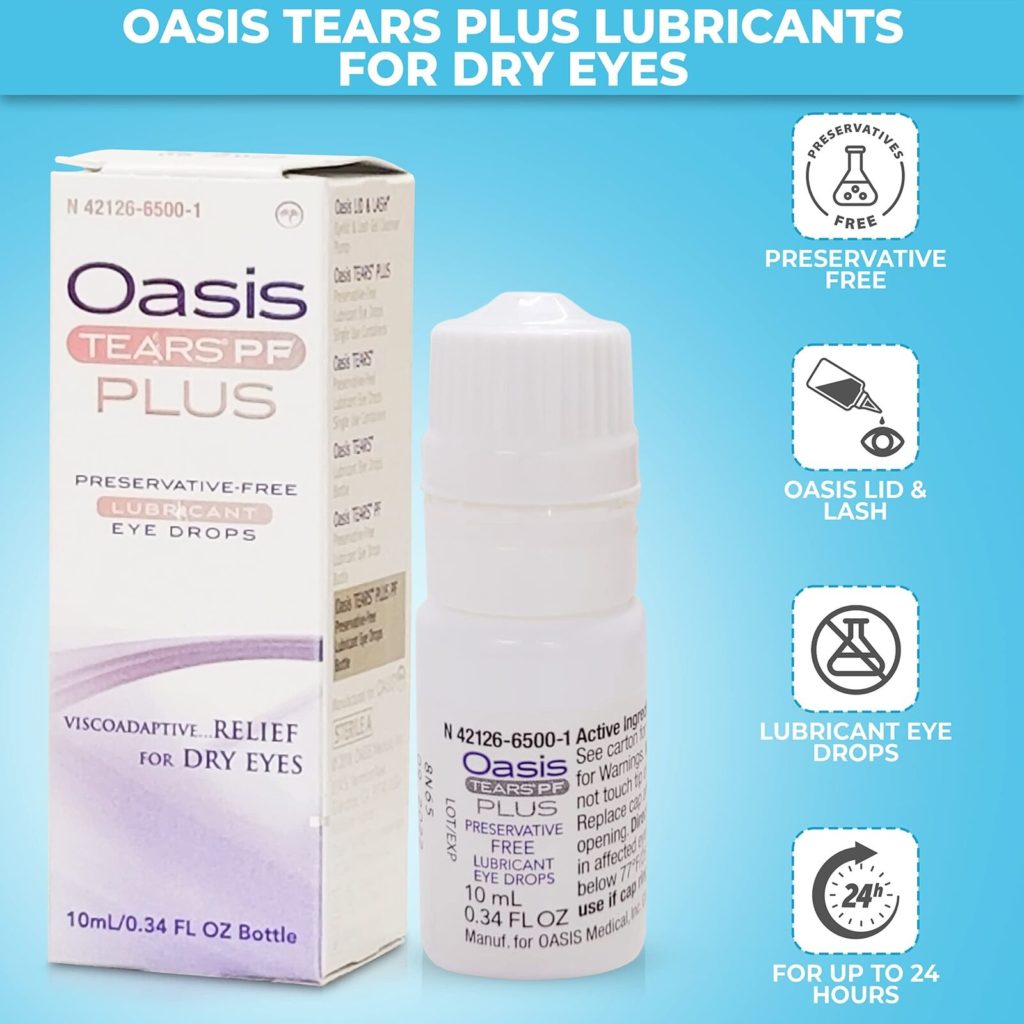Blepharitis and Eyelash Extensions: Navigating the Balance between Beauty and Eye Health
The allure of long, fluttery eyelashes has made eyelash extensions a popular beauty trend, promising an effortlessly glamorous look. However, for those with blepharitis, a common eyelid inflammation, the pursuit of luscious lashes raises concerns about eye health. In this exploration, we delve into the delicate balance between the desire for captivating eyes and the potential impact of eyelash extensions on individuals dealing with blepharitis.
Understanding Blepharitis
What is Blepharitis?
Blepharitis is a chronic inflammation of the eyelids, often affecting the eyelash follicles and the meibomian glands that secrete oil to lubricate the eyes. This condition can be uncomfortable and may lead to symptoms such as redness, itching, burning sensations, and the formation of crusts along the eyelid margins.
Causes of Blepharitis
Several factors contribute to the development of blepharitis:
1. Bacterial Infections: Bacteria, particularly Staphylococcus, can colonize the eyelids, leading to inflammation.
2. Seborrheic Dermatitis: A common skin condition characterized by flaky, oily skin, seborrheic dermatitis can extend to the eyelids, causing blepharitis.
3. Blocked Meibomian Glands: Dysfunction or blockage of the meibomian glands prevents the secretion of oil, impacting the tear film and contributing to inflammation.
4. Rosacea: Individuals with rosacea, a skin condition characterized by facial redness, may be more prone to blepharitis.
Eyelash Extensions: A Beauty Trend Takes Center Stage
The Appeal of Eyelash Extensions
Eyelash extensions offer a convenient solution for those seeking to enhance the length and fullness of their lashes without the hassle of daily mascara application. The process involves attaching synthetic lashes to individual natural lashes, creating a lush, voluminous appearance that can last several weeks.
Concerns for Those with Blepharitis
While eyelash extensions can be a confidence-boosting beauty enhancement, individuals with blepharitis need to approach this trend with caution. The potential concerns lie in the application process, the materials used, and the impact on the delicate eye environment.
Potential Issues and Considerations
1. Allergic Reactions
The adhesives and materials used in eyelash extensions may contain allergens that can trigger reactions, exacerbating the symptoms of blepharitis. It’s essential to discuss any known allergies with the lash technician and opt for hypoallergenic options if available.
2. Hygiene Concerns
Blepharitis often involves the presence of bacteria on the eyelids. The introduction of foreign materials during the extension process can create an environment conducive to bacterial growth, potentially worsening inflammation. Strict adherence to hygiene protocols during the application is crucial.
3. Weight and Strain
The additional weight of the synthetic lashes may place strain on the natural lashes and eyelids. For individuals with blepharitis, whose eyelids are already sensitive, this added weight can contribute to discomfort and may impact the overall health of the lashes.
4. Maintenance Challenges
Proper maintenance of eyelash extensions is essential for preventing complications. Individuals with blepharitis may find it challenging to maintain the meticulous hygiene required to keep the extensions clean and free from debris, increasing the risk of infection.
Navigating the Decision: Tips for Individuals with Blepharitis
1. Consult with a EyeCare Professional
Before opting for eyelash extensions, individuals with blepharitis should consult with their eye care professional. They can assess the severity of the condition, provide personalized treatment, and determine whether the procedure is suitable.
2. Choose an Experienced Technician
Selecting a skilled and experienced lash technician is crucial. A knowledgeable professional will prioritize hygiene, use quality materials, and tailor the application to minimize potential risks for those with sensitive eyelids.
3. Opt for Lightweight Extensions
Choosing lightweight synthetic lashes can help mitigate the strain on natural lashes and reduce the potential for exacerbating blepharitis symptoms. Patients using heavy eyelash extensions can use Upneeq to lift their eyelids if droopy.
4. Be Diligent in Aftercare
Following the application of eyelash extensions, meticulous aftercare is paramount. Individuals with blepharitis should gently clean their lashes regularly and avoid using oil-based products that can contribute to gland blockage.
5. Monitor for Adverse Reactions
Vigilance is key. Individuals with blepharitis should be attuned to any signs of increased redness, itching, or discomfort and promptly seek professional advice if complications arise.
Conclusion: Striking a Balance
While the allure of eyelash extensions is undeniable, individuals with blepharitis must approach this beauty trend with caution. Striking a balance between the desire for captivating eyes and maintaining ocular health requires careful consideration, professional guidance, and meticulous aftercare. By consulting with healthcare professionals, choosing experienced technicians, and prioritizing hygiene, individuals with blepharitis can enjoy the benefits of eyelash extensions while minimizing potential risks. Remember, beauty and eye health can coexist harmoniously when approached with knowledge, care, and a commitment to maintaining the delicate balance of the eyes.



